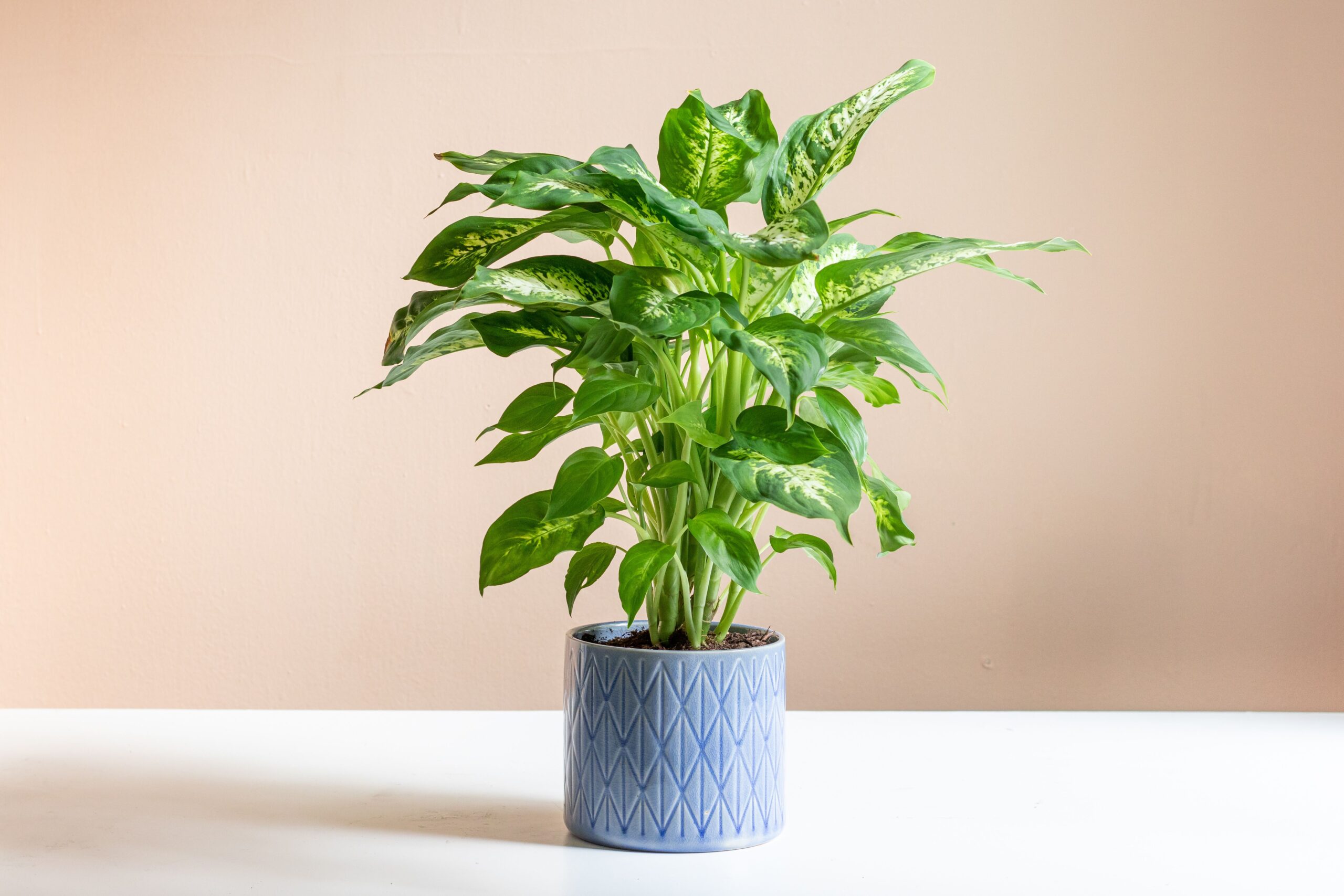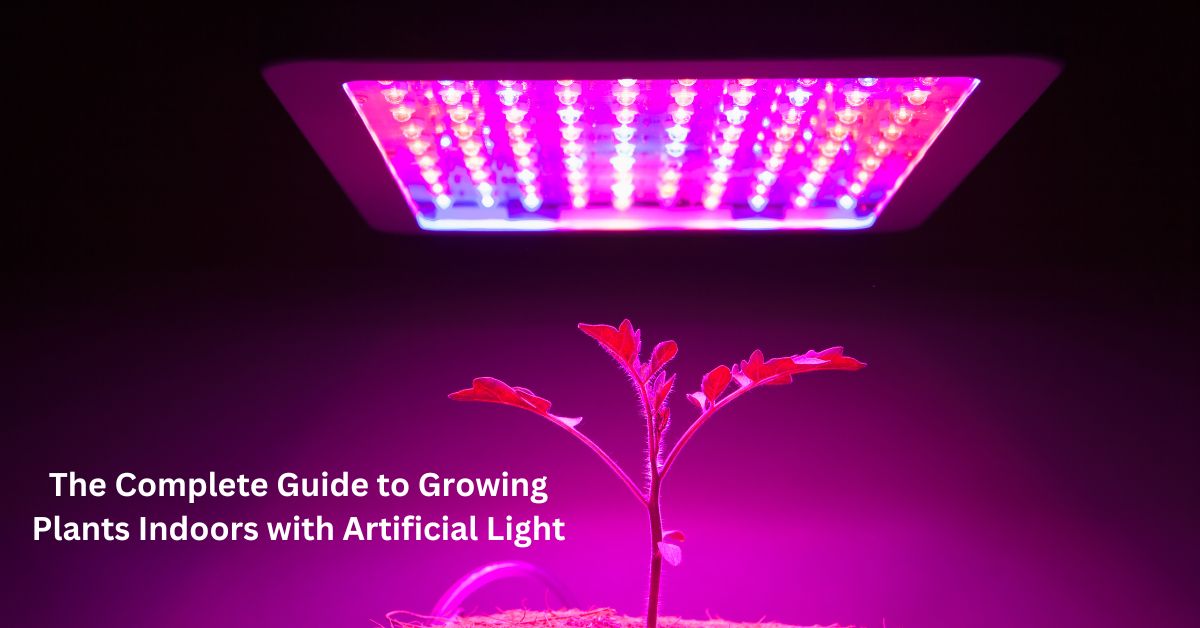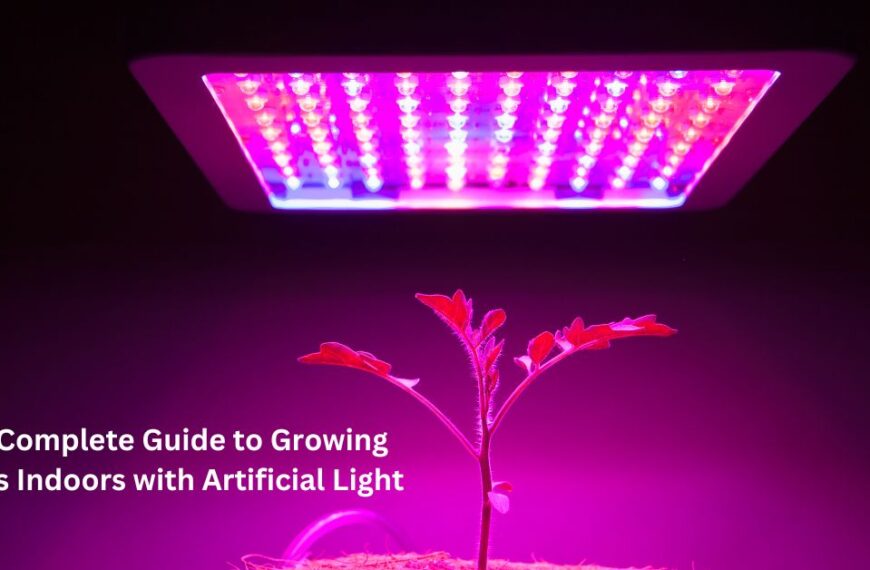Dieffenbachia, commonly known as Dumb Cane, is a popular houseplant due to its large, tropical leaves and easy-care nature. To ensure optimal growth, understanding the best practices for Dieffenbachia care is crucial. Whether you’re a seasoned indoor gardener or a beginner, here’s how you can help your plant thrive.
What is Dieffenbachia?
Dieffenbachia is a tropical plant native to Central and South America, prized for its striking foliage. Known for its large, variegated leaves, this plant can grow up to six feet tall indoors. Its distinctive appearance makes it a favorite for adding a touch of greenery to homes and offices.
Dieffenbachia Plant Care
1. Lighting Needs
One of the most critical aspects of Dieffenbachia care is providing the right light. While this plant can tolerate lower light conditions, bright, indirect light is ideal for optimal growth. Too much direct sunlight can cause the leaves to scorch, while too little light can lead to leggy growth.
2. Watering Your Dieffenbachia
Watering is key to keeping your plant healthy. The soil should be kept evenly moist, but not soggy. Overwatering can lead to root rot, a common issue with this plant. It’s essential to let the top inch of soil dry out between waterings. In winter, reduce watering as the plant’s growth slows down.
3. Humidity and Temperature
Dieffenbachia thrives in humid environments, which mimics its tropical origins. Placing the plant in a bathroom or kitchen can help maintain the right humidity levels. You can also use a humidity tray or mist the plant regularly. Ideal temperatures for Dieffenbachia are between 65°F and 75°F. Avoid cold drafts and sudden temperature changes, as they can damage the plant.
4. Fertilizing Your Dieffenbachia
Regular fertilization will encourage strong growth and vibrant foliage. During the growing season (spring and summer), use a balanced liquid fertilizer every four to six weeks. Reduce or stop fertilization during the fall and winter when the plant’s growth slows.
5. Pruning and Propagation
Pruning helps keep Dieffenbachia looking its best. Remove any yellowing leaves or leggy stems to promote new growth. Dieffenbachia can be easily propagated by stem cuttings. Simply cut a section of the stem and place it in water or moist soil, and it will root within a few weeks.
6. Soil Requirements
A well-draining potting mix is essential for Dieffenbachia. A mix of peat, perlite, and vermiculite works well to ensure that excess water can drain away from the roots, reducing the risk of root rot.
7. Pests and Diseases
Dieffenbachia can be susceptible to pests like spider mites, aphids, and mealybugs. Regularly check the undersides of the leaves and the stems for signs of infestation. If you notice pests, treat them with insecticidal soap or neem oil. Root rot, caused by overwatering, is another common issue to watch out for.
8. Repotting Your Dieffenbachia
Repot your Dieffenbachia every two to three years or when it outgrows its current pot. Choose a pot that is one size larger, and be sure to refresh the soil. This will give the plant more room to grow and replenish nutrients.
9. Toxicity Warning
Dieffenbachia is toxic to pets and humans if ingested. It contains calcium oxalate crystals, which can cause irritation and swelling in the mouth and throat. Be sure to keep it out of reach of curious pets and children.
Common Issues and How to Fix Them
1. Yellowing Leaves
Yellow leaves can be caused by overwatering, underwatering, or too much direct sunlight. Check your plant’s watering schedule and lighting conditions to correct the issue.
2. Leggy Growth
If your Dieffenbachia becomes leggy, it’s likely not getting enough light. Move the plant to a brighter spot with indirect sunlight.
3. Brown Leaf Tips
Brown tips can indicate low humidity or underwatering. Increase humidity around the plant by misting it or using a humidity tray.
4. Wilting
Wilting can be caused by either too much or too little water. Check the soil moisture levels and adjust your watering routine accordingly.
Dieffenbachia Care Tips for Beginners
For beginners, Dieffenbachia is a great plant because it’s relatively forgiving. Just remember the basics: keep it in bright, indirect light, water it when the top inch of soil is dry, and provide high humidity. With these simple steps, you’ll have a thriving plant in no time.







